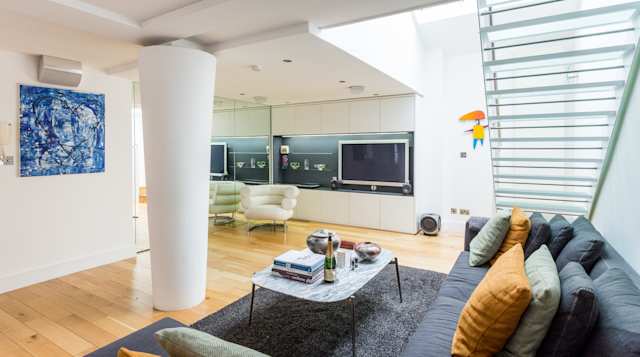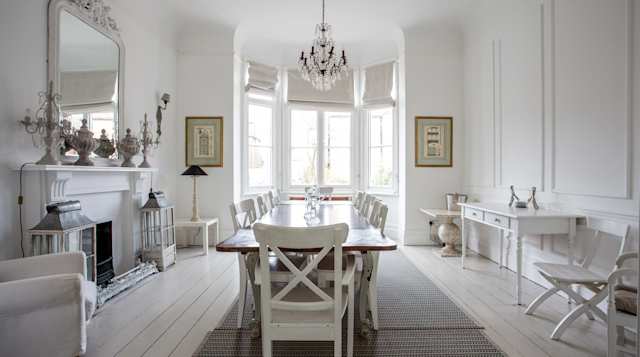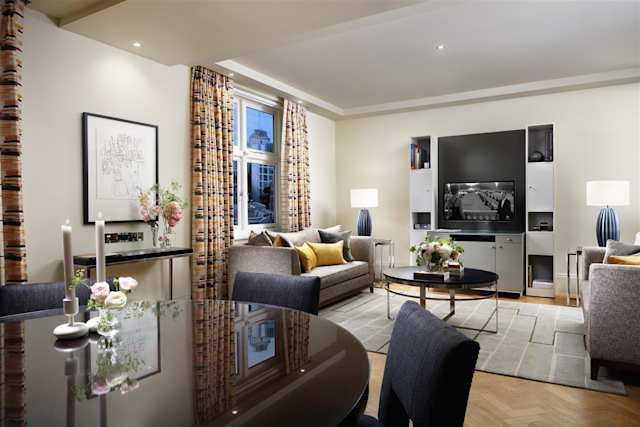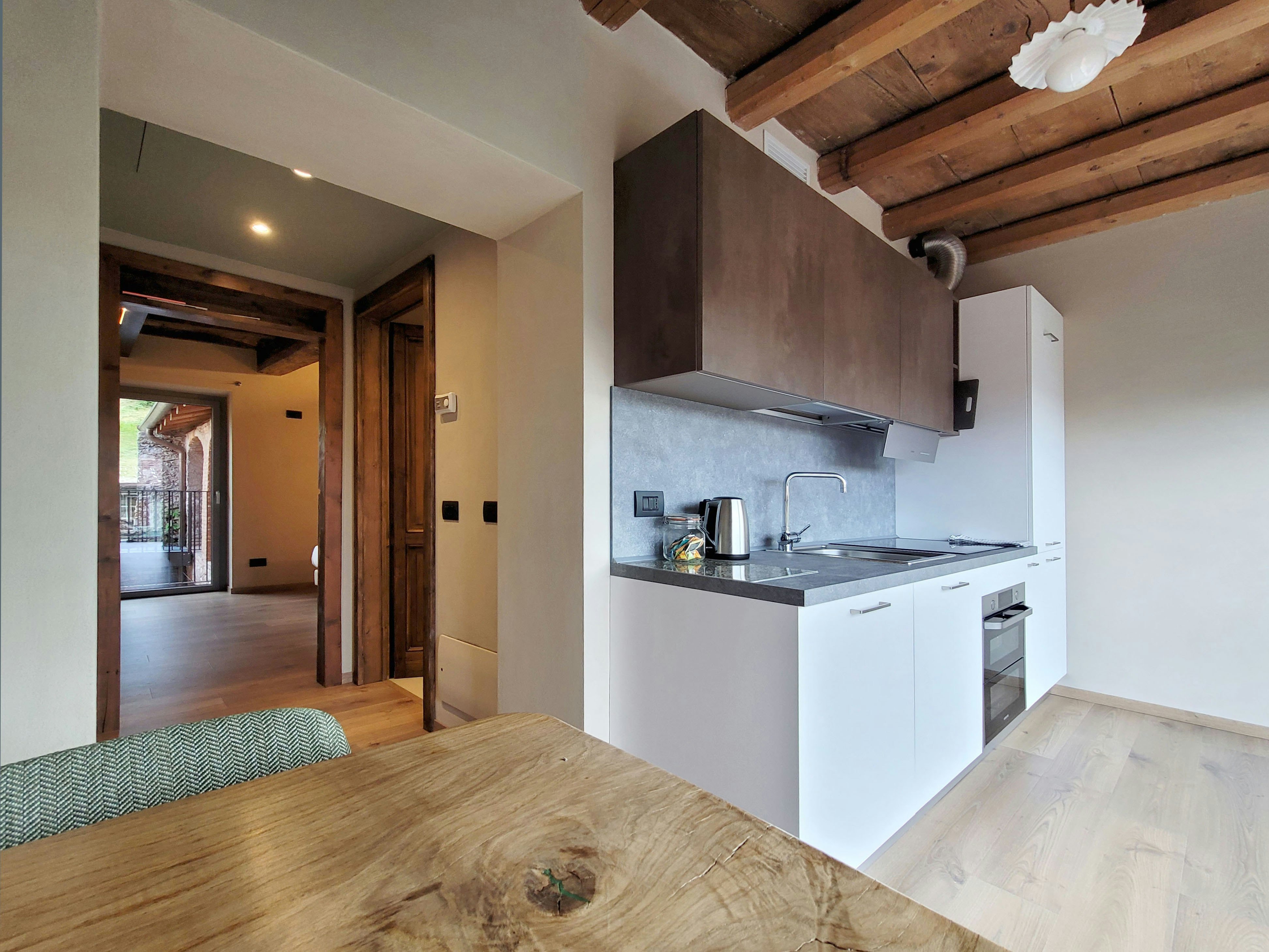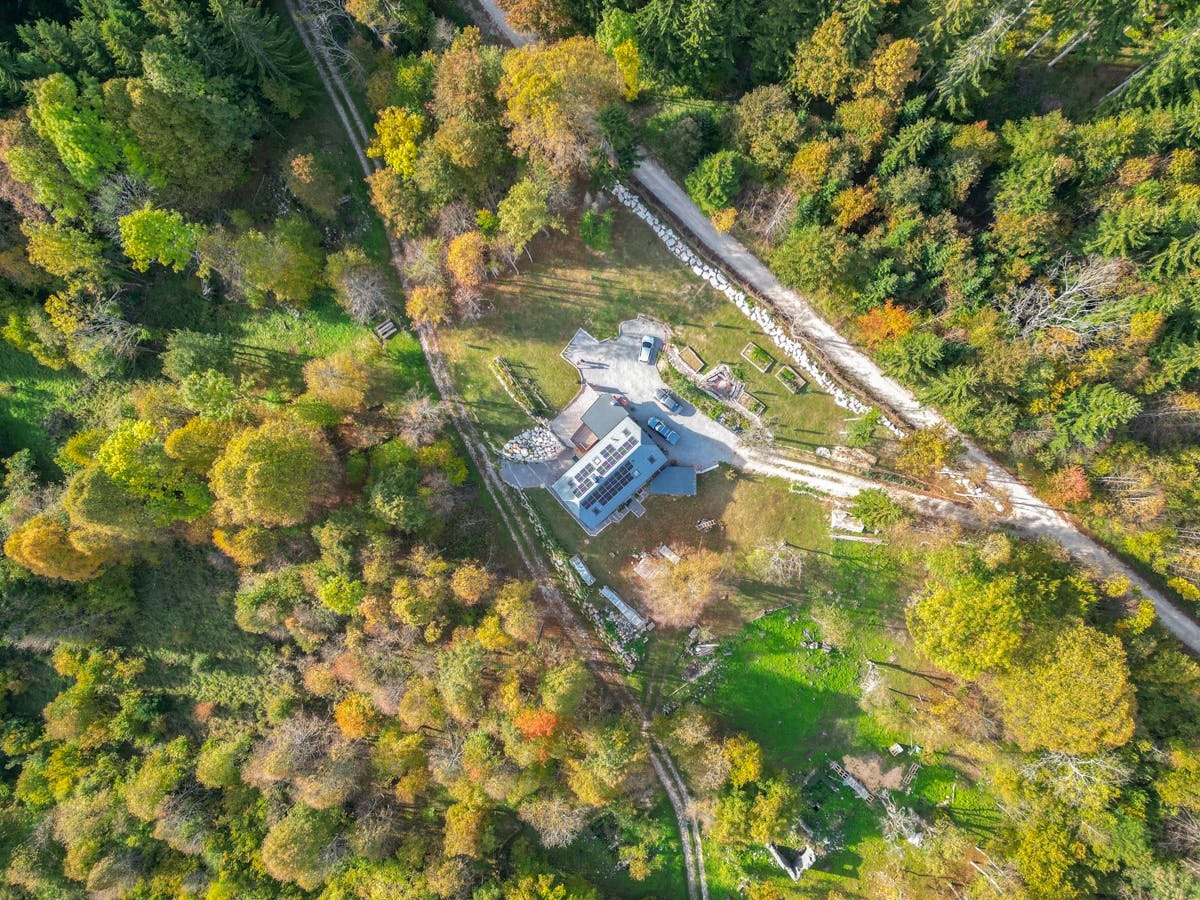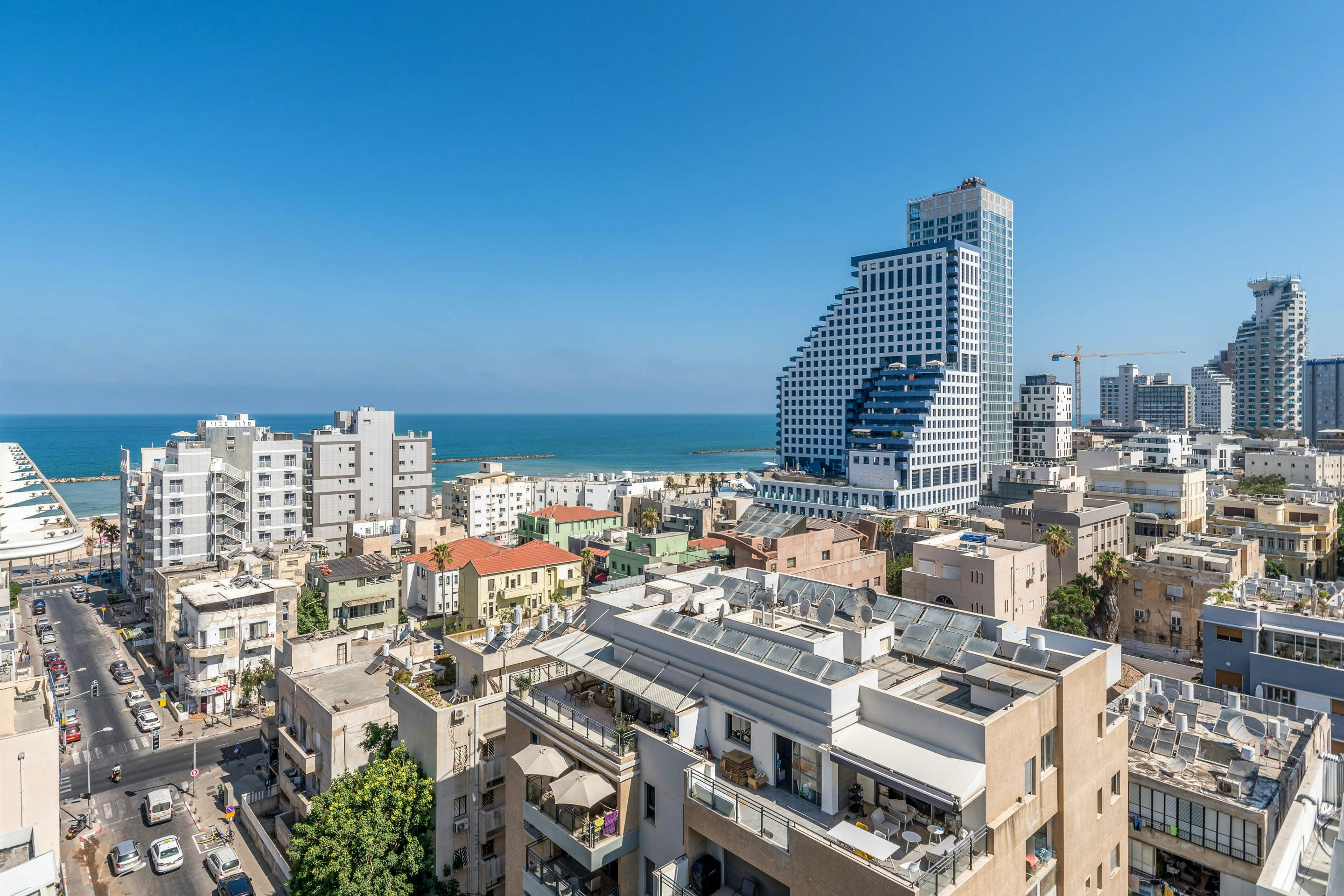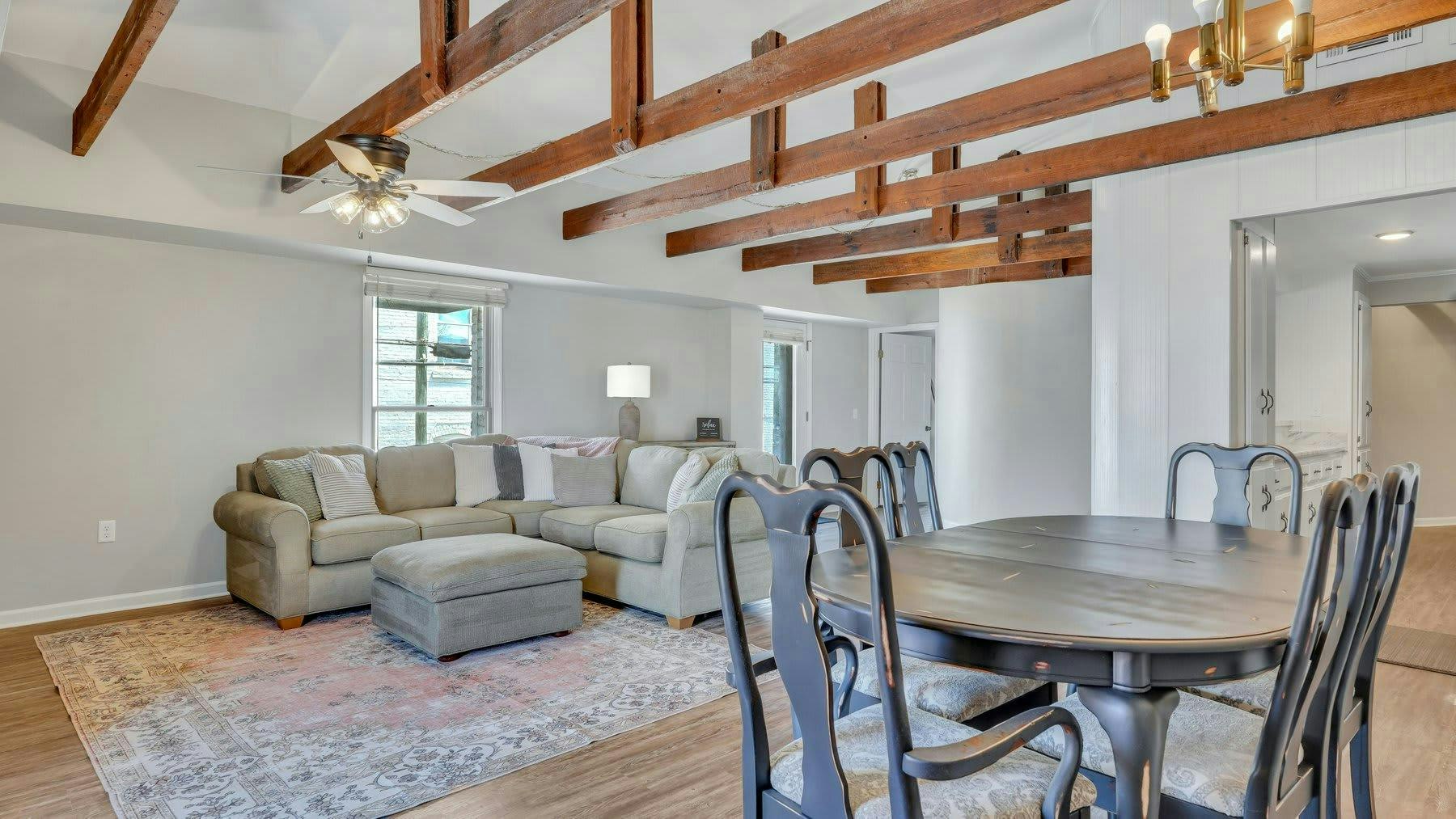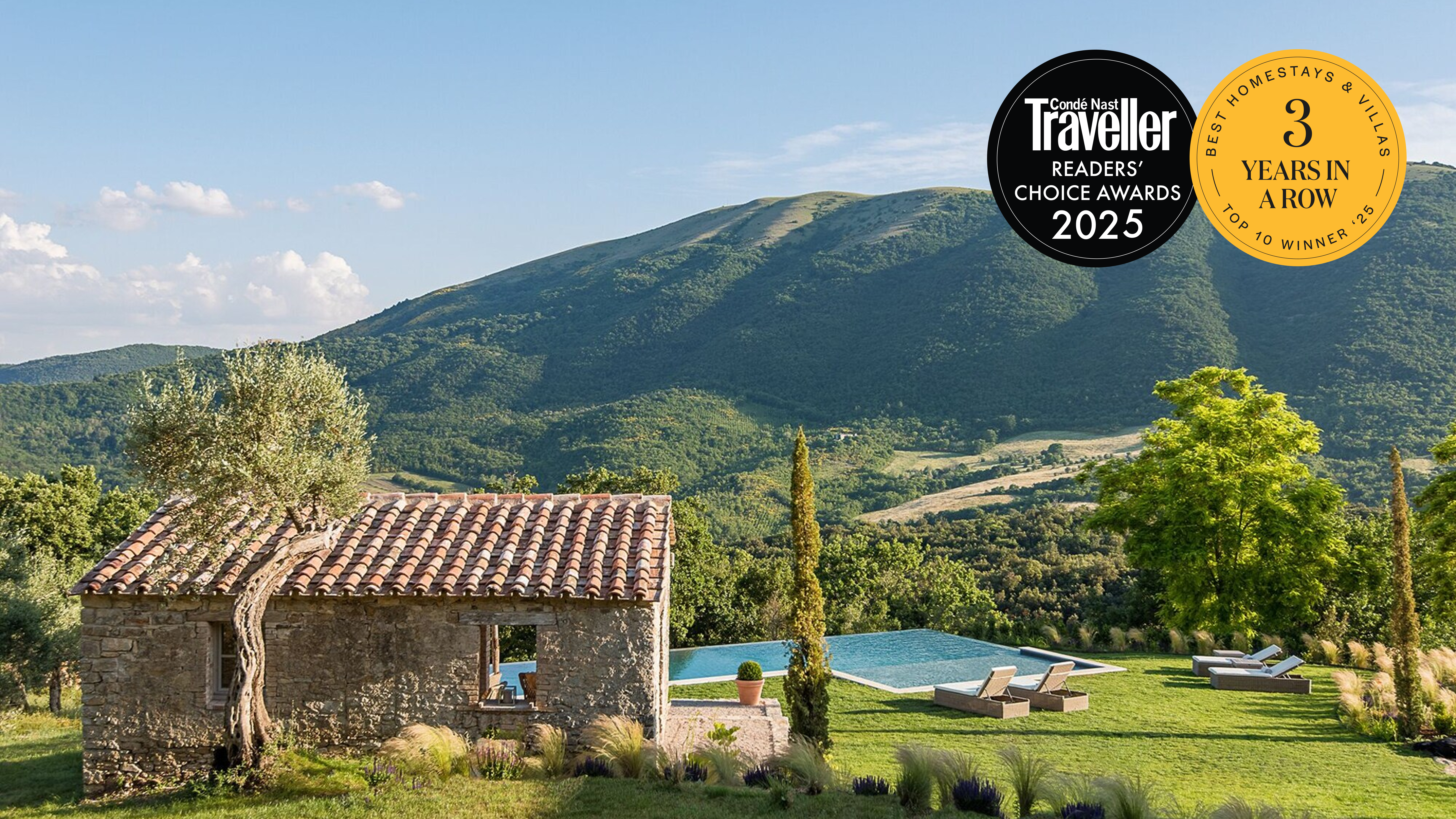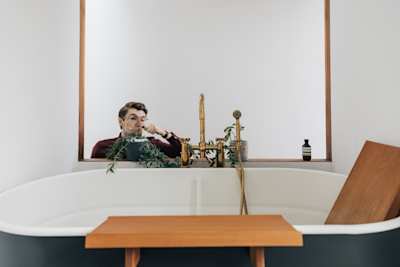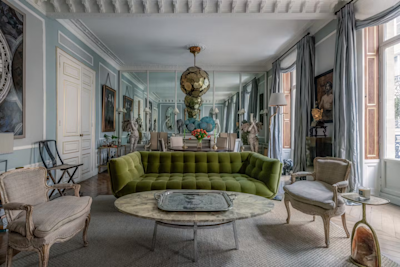The Best of Unique Things to see in London: The Cemetaries
If you want to see some of the cooler sites in London, why not consider visiting some of our legendary cemetaries?
~
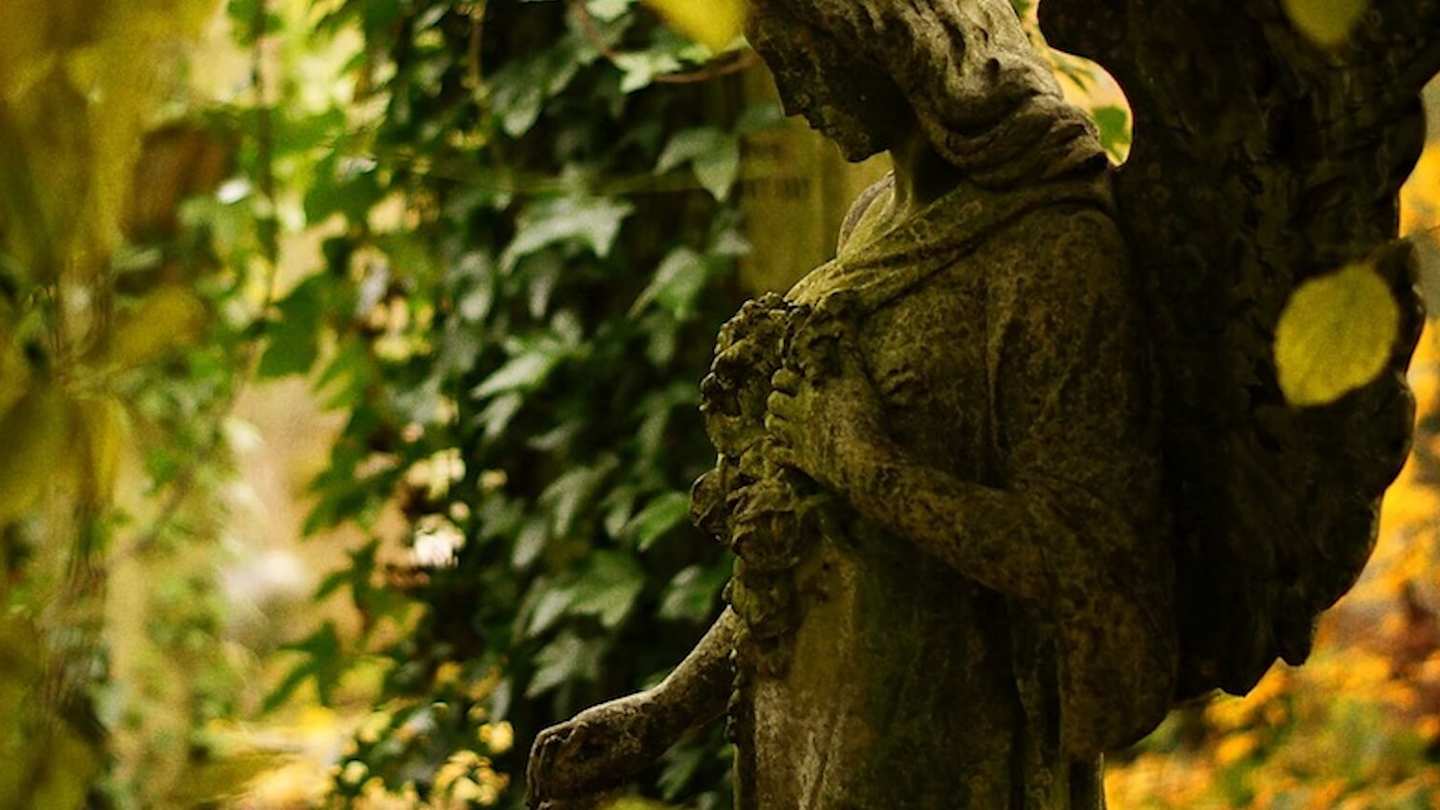
There’s nothing like walking through a cemetery to gain a little bit of peace and quiet- particularly in the hustle and bustle of London.
Ethereal cornerstones in the heart of the city, they’re the place to go if you’re seeking some tranquility in your busy day.
Festooned with statues and idols of famous and important people of the past, a trip to the local cemetery is a whirlwind history lesson by day and a haunting frightfest at night.
Highgate Cemetery
Highgate cemetery was founded in 1839, church graveyards were filling up fast and rather than dump the dead on the streets, parliament commissioned the “Magnificent Seven” cemeteries to be built. Now home to over 170 000 buried people with 53 000 graves across two cemeteries, Highgate cemetery is not only a burial ground to some of the most influential figures through the centuries, like Karl Marx, Michael Faraday and George Michael, but claims de facto status as a nature reserve. It’s not hard to see why, as you walk around the beautiful grounds.
The cemetery is split in two: the East Cemetery and the West Cemetery. The East side is open to the public for a modest fee of £4 - here you’re free to roam at your leisure, walking across the undergrowth uncovering the legends that lay beneath. The most iconic statue to stumble across, and what some would say is the biggest draw to Highgate cemetery, is the monument to Karl Marx. A key philosopher whose politics has shaped the modern world, his epitaph reads: “The philosophers have only interpreted the world in various ways - the point however is to change it.”
The West cemetery is an architectural treat, with beautiful mausoleums and sinuous paths that wind round to reveal ivy clad shrines and monuments to the dead. The home of George Michael (sadly, not open to the public) and the former Russian spy Alexander Litvinenko. This side can only be accessed via a guided tour, prices: Adults £12; Children 8 to 17 £6 (under 8’s are not accommodated).
Abney Park Cemetery
Another one of the magnificent seven, Abney Park cemetery was originally opened in 1840 as a burial site for nonconformists who rejected the Church of England and didn’t align themselves with one particular sect. Originally for the rebels, Abney Park is now home to Europe’s longest standing non-denominational chapel. Designed by the architect William Hosking, who was then seen as a controversial choice, each part has been carefully considered to reflect a lack of bias to one denomination.
Home to a whole host of past famous faces, including a large contingent of Victorian entertainers like the 'Dame of Drury Lane', comedian and panto star Herbert Campbell and the songstress and male impersonator Nelly Power, Abney cemetery is pretty used to the world of the celebrity. More recently, Amy Winehouse filmed the cemetery scenes for the iconic song “Back to Black” at Abney Park. Now it’s not unusual to see film crews and models setting up shots in the park and around every corner there’s usually someone taking a selfie in the hope of becoming instafamous.
There’s free public access throughout the park, and based in Stoke Newington a trip to Abney makes for a great day out with lots of pubs, cafes and shops just around the corner on Church street. The park also holds host to events throughout the year with walks, tours, talks along with theatrical performances and art exhibitions.
London Catacombs
During a period of heavy church construction in the Victorian era, a series of subterranean catacomb spaces were created underneath these main structures. If you head to West Norwood cemetery, on top of the hill you’ll find the first ever Gothic-style cemetery and home to a group of 95 underground vaults with private and shared coffin spaces. Walking down these long vaulted corridors is a truly creepy experience - the damp air, dark spaces and mysterious nooks and crannies only add to the slightly disturbing atmosphere. The nail in the coffin (please excuse the pun) are the children’s coffins scattered about the place that add to the sense of unease. General tours are held on the first Sunday of every month and there are themed tours in the summer.
In contrast to the catacombs of West Norwood, if you take a trip up North to Camden you’ll find a system of underground passages in Camden Town underneath the market. Not a traditional catacomb (a resting place for the dead) so no ghouls or ghosts to be found here (wishful thinking), these were originally used as stables for horses and pit ponies working on the railways. Now sadly closed to the public, if you want to catch a glimpse of this history head to the old horse hospital which is now an independent arts venue for underground and avant garde arts media.
Westminster Abbey
In our rundown we’ve left the best till last, Westminster Abbey - the creme de la creme of London’s cemeteries. Honouring individuals with burials and memorials at Westminster Abbey has been a long running tradition and it’s only the best that reside here. For the who’s who of British royalty during the period from Edward the confessor until the death of George II in 1760 head to the inside chapels in the Abbey; Monks and people associated with the Abbey tend to be buried in the Cloisters.
Aside from royalty, the English naturalist Charles Darwin, famed scientist Sir Isaac Newton and acclaimed actor Laurence Olivier (to name but a few!) share a space in these hallowed tombs - the list of extraordinary people truly is endless. Perhaps, one of the most famous graves to visit at Westminster Abbey, however, is the grave of the unknown warrior whose body was brought from France to be buried here on 11 November 1920. It’s now tradition for heads of state to lay wreaths on the tomb as a mark of respect.
Westminster Abbey is open to the public Mon-Sat throughout the year, but only open on Sundays and religious holidays for church service.

